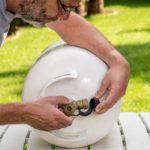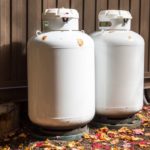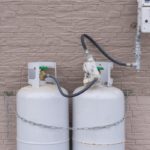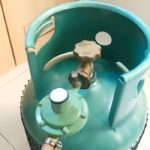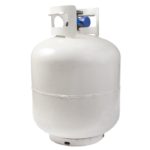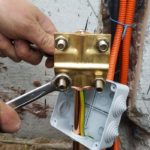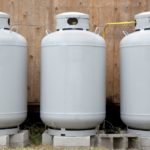Propane is one of the most popular household energy sources in the country. Some everyday propane uses include home heating, backup generators, and powering gas fireplaces. Whatever the application, your propane tank’s threading determines how safe you arrangement is, because cross-threaded or mis-threaded tanks can lead to leaking propane.
Propane tanks are reverse threaded (or “left-hand” threaded). It’s a built-in safety measure to make sure you connect it properly every time you use it. You can’t make the wrong line connection because it won’t work with other types of connections (oxygen lines, for example).
Like most homeowners, you might have expected right-handed threads on your propane tank. However, propane tanks have reverse threads – and for a good reason. If you’ve had difficulties when using your propane gas tank, read on and find out the reason behind the left-handed threads and much more.
Are All Propane Tanks Threaded Clockwise?
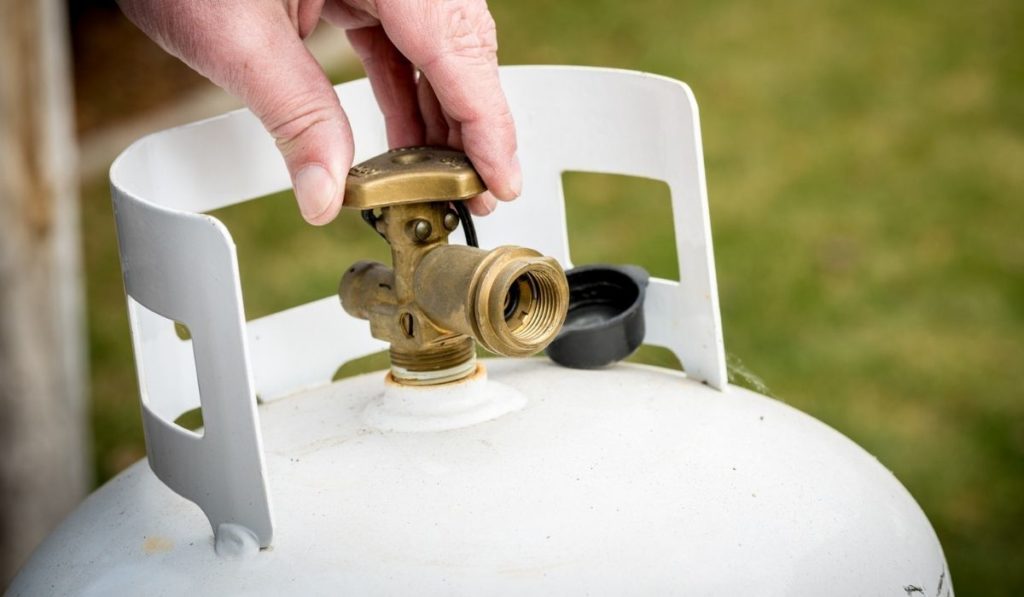
The short and quick answer is yes. Every propane tank you’ll find on the market features clockwise threads, also known as left-handed or reverse threads. The left-handed threading is a surprise for most users when using a propane gas task for the first time.
Like most homeowners, you probably have many appliances or tools that have a regular or counterclockwise thread. Using such appliances is easy and routine.
If you’ve switched to propane use in your new home or you’ve just bought a new propane gas-powered appliance, it might take time to get used to the reverse threads. When you know how to turn the regulator, it’s easier to hook up or detach your propane tank.
If you’ve just bought a propane-powered outdoor BBQ grill, for instance, it’ll become easier to set up and get the party started in no time.
Why Are Propane Tanks Reverse Threaded?
What happened the first time you tried unhooking your propane gas tank? Most likely, you thought something was wrong and had to counter-check the connection.
This happens to every other propane tank user. It’s a simple yet effective safety feature. The reverse threading on your propane gas tank is quite innovative, though this isn’t so obvious.
With reverse threads, you can’t accidentally connect the propane line to other lines. Think of water lines, oxygen lines, or vent lines, which in most properties are connected in the same place.
The reverse-threading feature prevents wrong connections that could pose a grave danger to your home. With the unusual threads, you become more deliberate with what you’re connecting to the propane.
To appreciate the importance of left-handed threads on combustible gas tanks, think of a property with a propane gas line and an oxygen line. If both had the same right-hand threads, a new employee might mistakenly interchange these two lines. The wrong connection would pose a huge safety risk for the occupants unless detected early.
Propane gas tank manufacturers have deftly averted such risky scenarios by giving propane tanks unique threading. If you have a propane application in your home, the reverse threading prevents anyone from incorrectly connecting the wrong lines.
How Do You Unscrew A Propane Valve Connection?
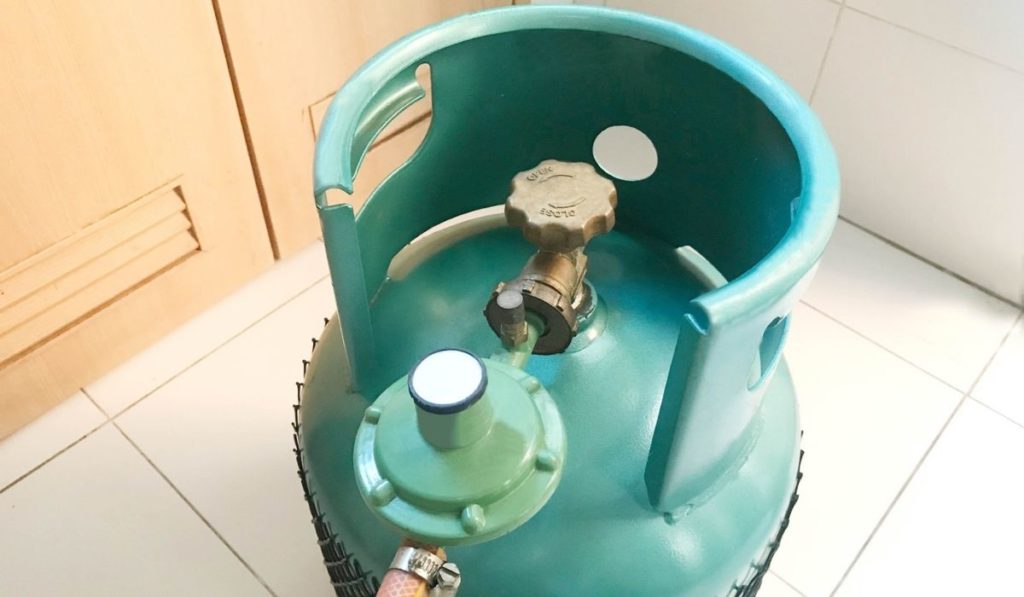
If you have a propane tank on your property, you’ll need to disconnect it from an appliance now and then. After a long weekend of BBQ grilling or other activities that require propane gas, you might need to refill the tank.
While this might look like a routine task, consider the safety risks involved. Propane gas is highly flammable and for this reason, safety is a priority when using a propane tank.
To unscrew a propane valve connection, you need a crescent wrench. Here are the main steps to unscrew a propane valve connection safely:
- Turn off any flames before you detach the propane tank
- Close the main tank valve by turning it in a clockwise or reverse direction. It’s normal to notice the slight smell of gas when releasing this connection
- Get the wrench on the tank’s regulator and turn it in a clockwise direction to unscrew the connection
- Remove the neck of the regulator from the propane tank
- Check if there’s a safety screw or safety strap before you pull off the propane tank
- Store the propane tank safely away from open flames
As you continue using your propane tank, you’ll likely come to appreciate the importance of reverse threading, especially if you have other supply lines around. It’s a simple safety feature that protects you, your family, and your property from the risk of fire.
What Can You Do If The Valve Is Stuck And Won’t Turn?
Have you tried to turn your propane tank’s valve with no success? Well, this is frustrating, especially if you have to use propane to power your grill or other home appliances. Some common causes of stuck propane tank valves include excessive tightening, rusting, or debris preventing smooth valve movement.
As you try to dislodge the stuck valve, take precautions to avoid puncturing the tank. Propane is highly flammable, and even a small leak is dangerous. Here are simple steps to follow to dislodge a stuck propane tank valve:
- Find a steady, level surface and set your propane tank on it. If you haven’t used the propane tank for a long time, check for any signs of a leak or other damage
- Make sure you’re opening the valve in the correct reverse direction. Check the “open” direction arrow on the valve
- Don’t use excessive force to prevent any damage to the handle
- Try tying a rubber band around the valve to improve your grip
- If the valve doesn’t move, shut it off and spray a lubricant on the stem. Rock the valve smoothly back and forth. After a few minutes, try to loosen it with your hands. Avoid using a wrench on the stuck valve, as this could break it
Are you powering your patio heater, portable pizza oven, pool heater, or any appliance with propane gas? These insights will help you use your propane tank safely, and you’ll also come to appreciate the importance of the reverse threading feature.
If you need any help with your propane gas tank, be sure to call an expert for professional propane tank troubleshooting.

